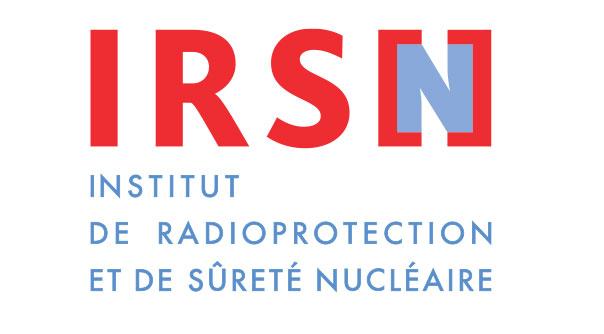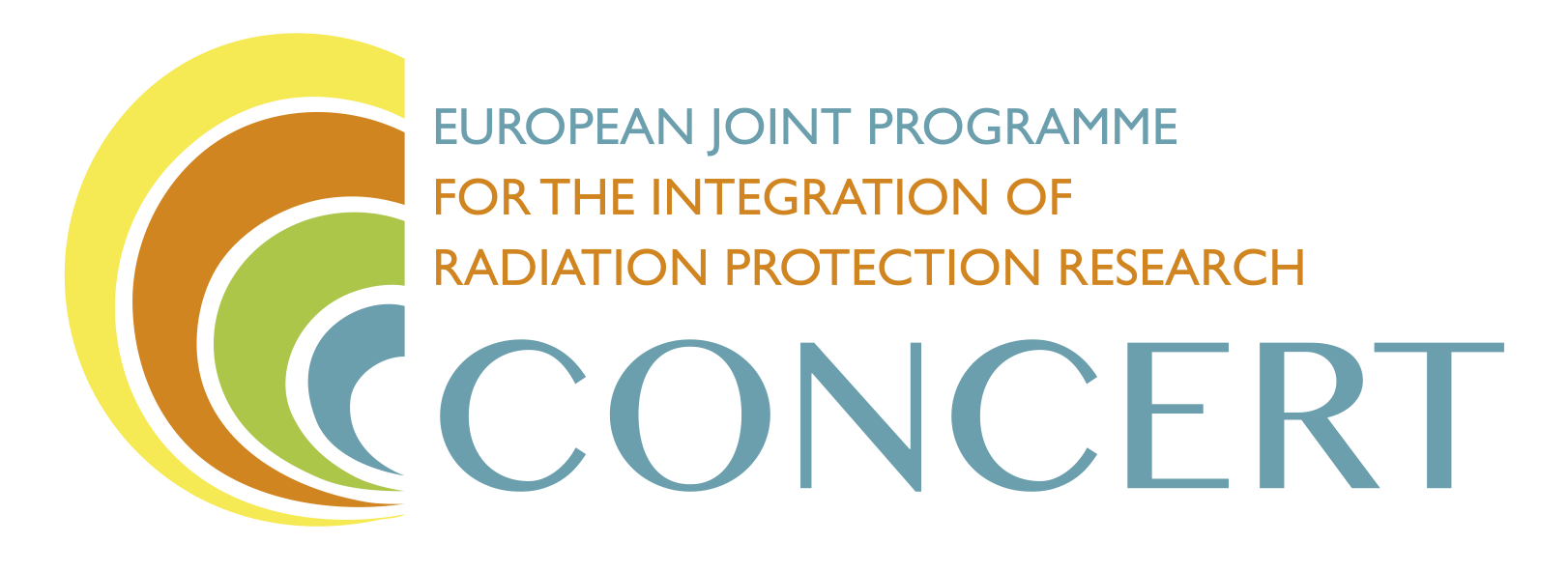IRSN
Institut de Radioprotection et de Surete Nucleaire, France

Organisation
IRSN is a public organisation placed under the joint authority of the French Ministries of the Environment, Health, Research, Industry and Defence. Serving public authorities, IRSN is a body performing research and providing expert assessments into nuclear and radiological risks covering the radiological protection of human beings, the protection of the environment, the emergency response to radiological and nuclear events, the safety of nuclear reactors, the safety of plants, laboratories, radioactive material transport and waste, the prevention of major accidents in nuclear power plants, as well as the nuclear defence expertise. IRSN has a strong experience in low-dose risk research. Thus, IRSN has launched several years ago two major national programmes aiming at (i) identifying whether long-term exposures to low doses of ionizing radiation could lead to biological disorders in a wide range of experimental models (programme ENVIRHOM); (ii) evaluating in what extent non-cancer effects such as cardiac rhythm disorders and lens opacities are observed in children living in the Russian territories contaminated with Cs-137 (programme EPICE). IRSN is also very much committed in the activities of the MELODI Association and the DoReMi network of excellence. IRSN is one the founding member of the MELODI Association and the Director General of IRSN is the current elected President of the bureau of the MELODI Association. Within the DoReMi consortium, IRSN is leading the WP2 “Structuring MELODI” and WP7 “Non-cancer effects”, and is contributing also in the DoReMi work packages 3-6. IRSN is also coordinating the STAR network of excellence and contributes to the ALLIANCE, NERIS and EURADOS platforms.
Role in the project
Within the CONCERT consortium, IRSN contributes to WP2 (partner of task 2.6), WP3 (lead of task 3.3), WP5 (lead of task 5.2), WP6 (lead of task 6.2, partner of tasks 6.1 & 6.4), and WP7 (partner of task 7.6).
